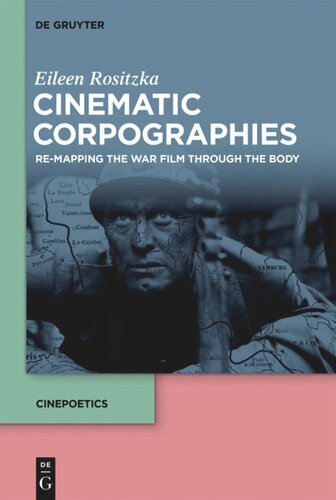

Most ebook files are in PDF format, so you can easily read them using various software such as Foxit Reader or directly on the Google Chrome browser.
Some ebook files are released by publishers in other formats such as .awz, .mobi, .epub, .fb2, etc. You may need to install specific software to read these formats on mobile/PC, such as Calibre.
Please read the tutorial at this link: https://ebookbell.com/faq
We offer FREE conversion to the popular formats you request; however, this may take some time. Therefore, right after payment, please email us, and we will try to provide the service as quickly as possible.
For some exceptional file formats or broken links (if any), please refrain from opening any disputes. Instead, email us first, and we will try to assist within a maximum of 6 hours.
EbookBell Team

5.0
98 reviewsWriting on the relationship between war and cinema has largely been dominated by an emphasis on optics and weaponised vision. However, as this analysis of the Hollywood war film will show, a wider sensory field is powerfully evoked in this genre. Contouring war cinema as representing a somatic experience of space, the study applies a term recently developed by Derek Gregory within the theoretical framework of Critical Geography. What he calls “corpography” implies a constant re-mapping of landscape through the soldier’s body. These assumptions can be used as a connection between already established theories of cartographic film narration and ideas of (neo)phenomenological film experience, as they also entail the involvement of the spectator’s body in sensuously grasping what is staged as a mediated experience of war. While cinematic codes of war have long been oriented almost exclusively to the visual, the notion of corpography can help to reframe the concept of film genre in terms of expressive movement patterns and genre memory, avoiding reverting to the usual taxonomies of generic texts.